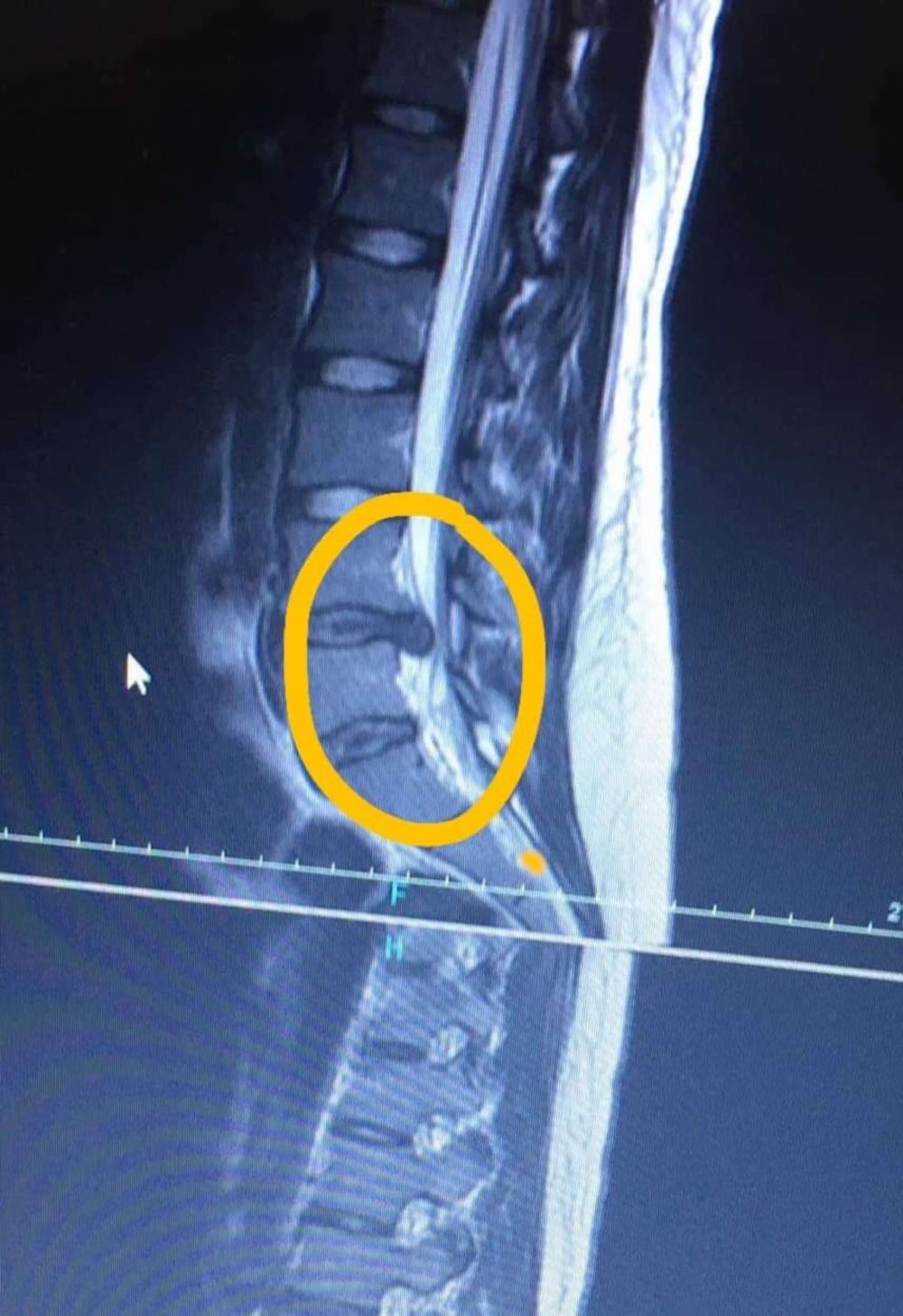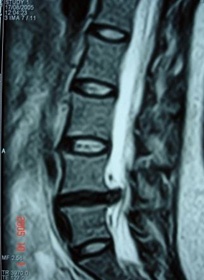


Although herniated disks can happen in any part of your spine, they are most common in the lower part of your backbone (the lumbar spine), just above your hips. The pain may spread from your back to your buttocks, thighs, and even to your calves.ĭiscomfort from a herniated disk usually gets worse when you're being active and lessens when you're resting. Even coughing, sneezing, and sitting can worsen your symptoms because they put pressure on pinched nerves. A herniated disk also can give you a feeling of tingling or numbness. The affected part of your back may also feel weak.Īge also plays a role. As you get older, your disks tend to break down and lose their cushioning. The best way to tell if you have a herniated disk is to see your doctor. They’ll likely do a physical exam to find the source of your pain. This usually is the only test you’ll need to confirm a diagnosis. Your doctor will check your back for sore or painful spots. They may ask you to lie on your back and lift or move your legs in certain ways.

If your doctor wants to rule out other sources of your pain, or pinpoint specific nerves that are aggravated, they may do further testing, including: Whether you can feel light touches or vibrations.If you feel pain, it’s likely a herniated disk. While a standard X-ray can't show if you have a herniated disk, it can show your doctor the outline of your spine and rule out whether your pain is caused by something else, such as a fracture or tumor. This test uses dye injected into your spinal fluid, and an X-ray to locate the pressure on the spinal cord. A CT (or CAT) scan takes several X-rays from different angles and combines them to create images of your spinal cord and the structures surrounding it. An MRI uses radio waves, a magnetic field, and a computer to create detailed 3D images of the spinal cord and surrounding areas. MRI images can locate the position of the herniated disk, look inside it, and also determine which nerves are affected. Your doctor might use these tests to see if any nerves are damaged or compressed. The EMG test uses a device to detect the tiny amount of electricity muscle cells make when they're stimulated by nerves connected to them. Nerve conduction studies (NCS) are often done at the same time as the EMG.A needle electrode put into a muscle records its electrical activity and looks for anything that isn’t as it should be. In this test, the nerves are stimulated with tiny electrical impulses by an electrode at one point on the body while other electrodes detect the impulses at a different point. The time it takes for the electrical impulses to travel between electrodes lets your doctor know whether there is nerve damage.Your doctor will try to locate the source of your pain and figure out which intervertebral discs are herniated. Your doctor will ask you questions and perform some exams. This is to try to locate the source of your pain and to figure out which intervertebral discs are herniated. An accurate diagnosis will also help your doctor develop a treatment plan for you-a way to manage your herniated disc pain and other cervical and lower back symptoms and to help you recover overall.

A herniation may contain nucleus pulposus, vertebral endplate cartilage, apophyseal bone/ osteophyte and annulus fibrosus.ĭisc herniations can be divided into groups in a variety of ways. Disc herniation refers to the displacement of intervertebral disc material beyond the normal confines of the disc but involving less than 25% of the circumference (to distinguish it from a disc bulge).


 0 kommentar(er)
0 kommentar(er)
